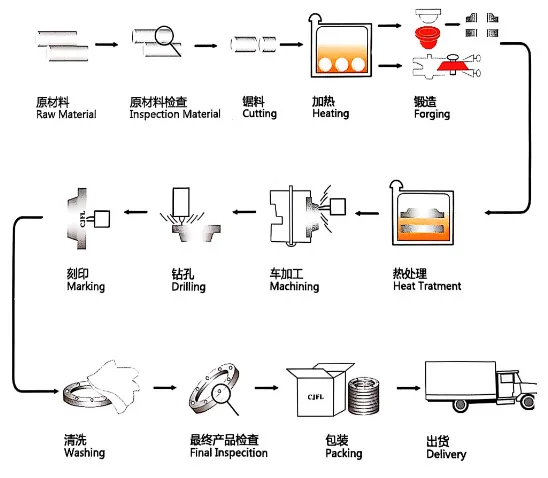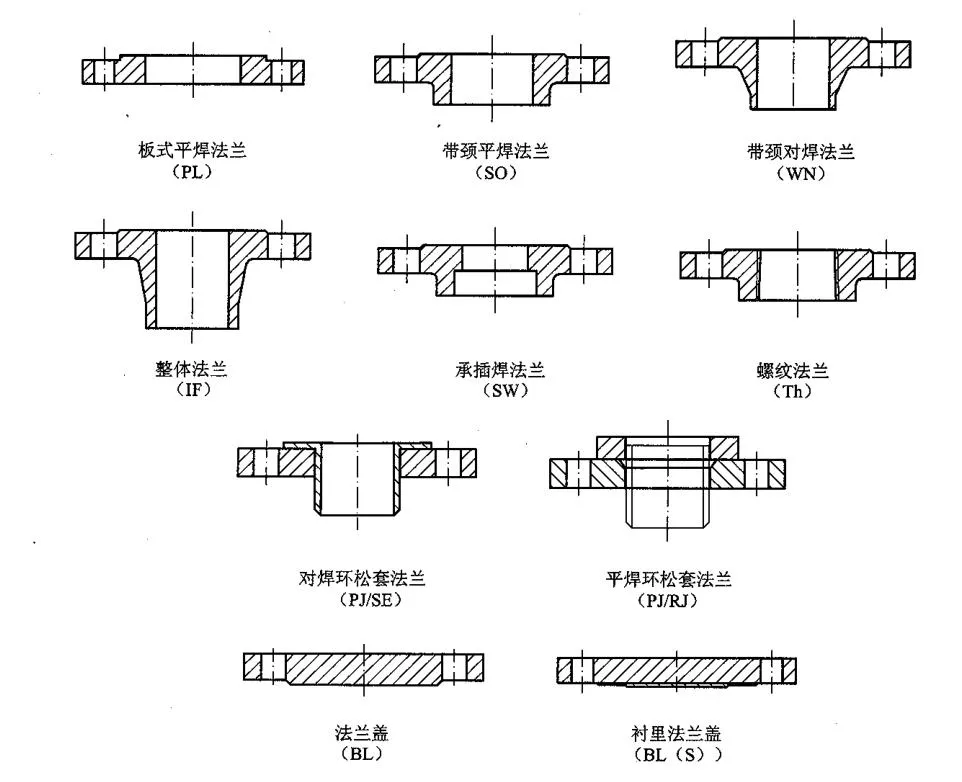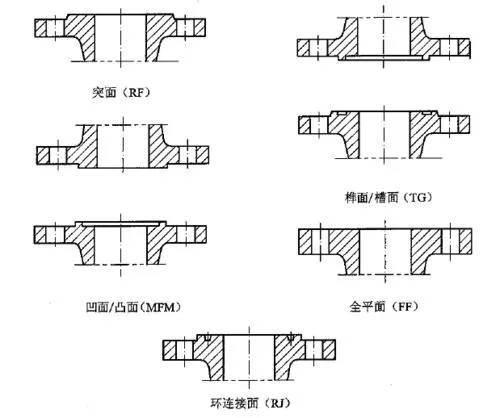
Titanium Blind Flanges, also known as blank flanges, are solid, round flanges without a bore, used to seal off the ends of pipes, valves, or equipment nozzles. These flanges are ideal for applications where pipe systems need to be isolated, pressure tested, or reserved for future extension.
Manufactured according to ASTM B381, titanium blind flanges are most commonly made from commercially pure titanium (Grade 2) or corrosion-resistant titanium alloys such as Gr7 and Gr12. They offer exceptional resistance to seawater, acid, alkali, and chloride corrosion, and are ideal for harsh chemical and marine environments.
|
Material Grade |
Gr.1, Gr.2, Gr.5, Gr.7 |
|
Standard |
ANSI B16.5, ASTM B16.5, ASME B16.47, JIS B2220, DIN2627-2628, AWWA, ASTM A182 AND ASME SA182, GOST 12820 / 12821-80, etc. |
|
Size |
1/2"-60"NB NPS 1/2-NPS 24 (DN 10 - 2000) |
|
Pressure Class |
PN2.5, PN6, PN10, PN16, PN25, PN40, PN63, PN100, PN160, PN250, PN320, PN400 150#, 250#, 300#, 400#, 500#, 600#, 900#, 1500#, 2500# |
|
Flange Face Types / Connection Type |
Flat Face Flange (FF), Raised Face Flange (RF), Ring Joint Flange (RTJ) |
|
Product specifications can be customized according to customer drawing. |
|

Chemical piping systems, offshore platforms, pressure vessels, marine engineering, oil & gas pipelines, food & pharmaceutical production lines.
|
Visual Inspection |
To check for surface defects such as cracks, dents, scratches, and deformations. |
|
Dimensional Inspection |
Verify outer diameter, thickness, bolt circle diameter, sealing surface dimensions, etc. |
|
Chemical Composition Analysis |
Performed by spectrometer or ICP to ensure the titanium grade (e.g., Gr.2, Gr.5) complies with standards. |
|
Mechanical Properties Testing |
Includes tensile strength, yield strength, elongation, etc., according to ASTM B381 or relevant standards. |
|
Non-Destructive Testing (NDT) |
Typically includes Ultrasonic Testing (UT) or Dye Penetrant Testing (PT) to detect internal or surface flaws. |
|
Pressure Testing (Hydrostatic Test) |
For pressure applications, hydrostatic testing may be conducted to verify strength and sealing performance. |
|
Sealing Surface Flatness Check |
Checks the smoothness and flatness of the sealing face (e.g., RF, FF) to ensure tight sealing. |
|
Hardness Testing |
Brinell or Vickers hardness testing to assess material condition or heat treatment if required. |
Tests are based on standards such as ASTM B381, ASME B16.5, GB/T 9119, EN 1092-1, etc.
Third-party inspection reports (SGS, TUV, BV) can be provided upon request.
For exports, common quality documents
include:
✔ Dimension Inspection Report
✔ Material Test Certificate (MTC)
✔ NDT Report
✔ Packing Inspection
Packing:
Packed in strong seaworthy plywood cases with proper labeling. Each flange is individually protected with plastic wrap or foam.Customized packaging and pallet available upon request.
Flange Type and its code

Flange Sealing Surface Type and its code
